Put ‘Er Here
Redding (Google Maps location)
September 2017
This page may be a little confusing for you. It sure is for me. For you see, Putnam Memorial State Park has a museum: The Putnam Memorial State Park Museum as well as this place, The Putnam Memorial State Park Visitor’s Center which, by almost any measure, is also a museum.

Why are there essentially two museums here? I’ll tell you why: because there’s so much history here, it could fit into one. After all, Putnam Memorial State Park is the oldest state park in Connecticut, established in 1887. (I bet you didn’t know that. I certainly didn’t know that.)
By that time, 110 years had already passed since the Revolutionary War but the site was still fairly well preserved. In 100+ years since then, replica buildings have been built and a lot of historical inaccuracies have been corrected. You can walk around the grounds to check out the buildings and cannon and various memorials of course. The trail courses north into Bethel and will take you to Phillips Cave – a worthwhile jaunt.


I would hope that anyone coming here would walk the flat paths around the site, as I would argue all of the Revolutionary War sites here are simply an extension of the museums. But this page is focusing on the modern Visitor’s Center… or at least that’s my goal.
The center was originally built in 1893 as a three season recreation pavilion. There was an extensive restoration in 2005 and the building is now the Visitors Center where orientation and overview of the park are available. “Extensive restoration” is an understatement, as there’s really nothing “1893” about it. (This whole place fell into disrepair in the 1970’s and 80’s, and it took a substantial effort to build it back up. They’ve done an amazing job of it – more on that below.)
Wait. I haven’t even written yet why this place is important! Good lord. It’s an old Revolutionary War encampment.
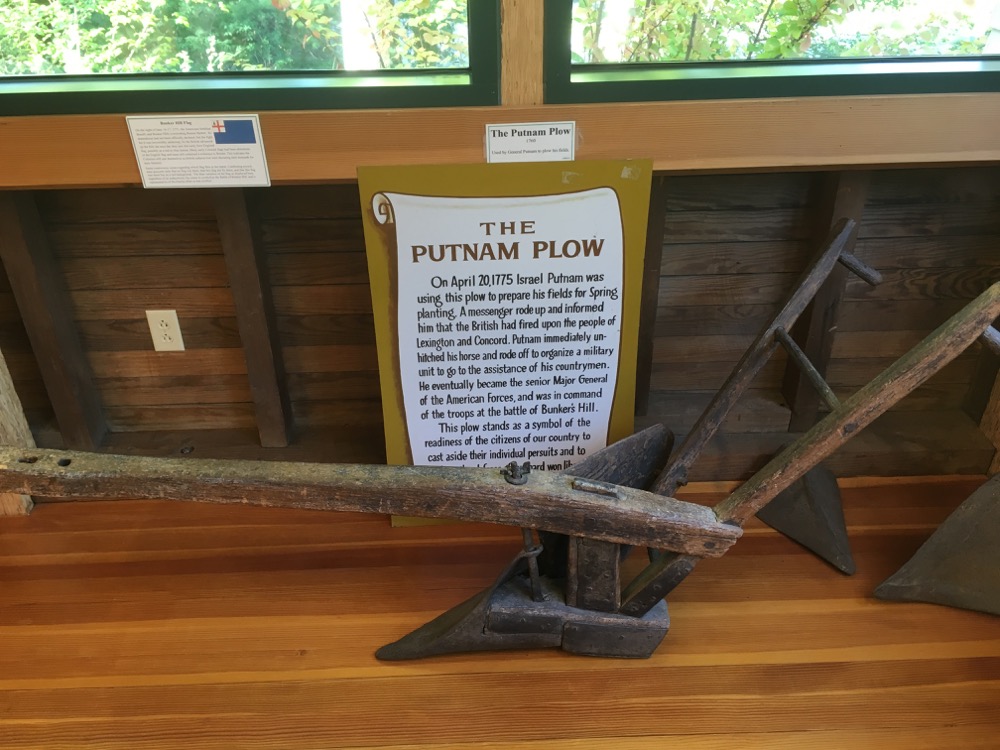
General Israel Putnam’s division of the Continental Army encamped here in the winter of 1778-1779. General Putnam is, of course, one of Connecticut’s favorite sons. Even though he was born in Massachusetts. The town of Putnam bears his name today, and while he was a war hero at Bunker Hill and in many battles, he’s just as well known for the ridiculous story about killing a terrifying wolf – memorialized at the Wolf Den at Mashomoquet Brook State Park.
Spending the winter here was strategically important. Ol’ Put’s division had been operating along the Hudson River during the fall, and as winter approached it was decided that it should go into winter quarters at Redding, as from this position it could support the important fortress of West Point in case of attack and cover lands adjacent to Long Island Sound. Another major reason was to protect the Danbury supply depot, which had been burned by the British the year before but resurrected to keep supplies going to Washington’s army.
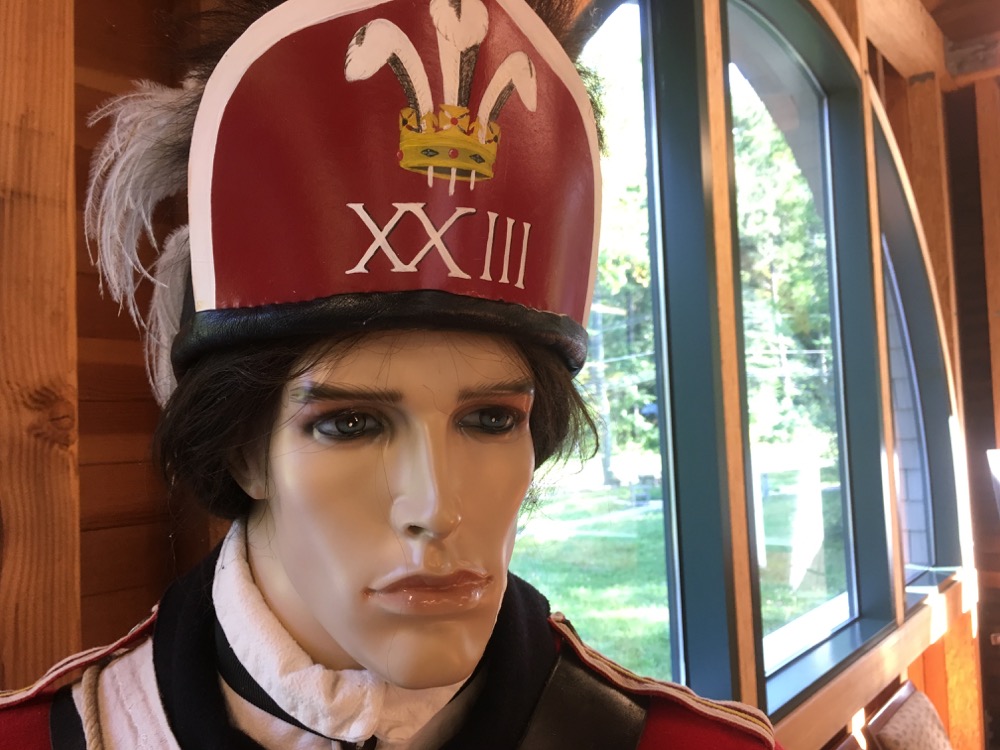
Colonel Aaron Burr, one of General Putnam’s aides and a frequent visitor to Redding, had suggested that Putnam look over the area for a future winter encampment during a summer visit to Danbury. Putnam found the topography and location ideal. Three camp locations were marked and later prepped; the first was here, at what is now Putnam Memorial State Park.
Hold up. Aaron Burr as in the Aaron Burr? Yup. It’s crazy how back in the day everyone famous was somehow connected to everyone else who was famous. (I know this is selection bias, but it’s still interesting):
Aaron Burr came from a prominent New Jersey family and was a grandson of the theologian Jonathan Edwards – who has a tie to our very own Enfield where he first gave his famous “Sinners in the Hands of an Angry God” speech. While Burr was still a young child, both his parents died, and he and his sister, Sarah, were ultimately raised by an uncle. At age 16 Burr graduated from the College of New Jersey (later Princeton University) and then began studying law. However, Burr halted his studies to fight in the American Revolution. He distinguished himself while serving with Benedict Arnold (Another Nutmegger, born and raised in Norwich) and was promoted to major. He then joined the staff of General George Washington, but both men reportedly developed a mutual dislike for each other, and he was soon transferred. Burr then became an aide to General Israel Putnam and became known for his bravery. Fascinating.

Here, the camp was laid out brilliantly at the foot of rocky bluffs which fenced in the western valley of the Little River. 116 huts were erected to form an avenue nearly a quarter mile in length, and several yards in width. At the west end of the camp was a mountain brook, which furnished a plentiful supply of water; near the brook a forge was said to have been erected.
Valley Forge’s winter camps are now known as the Revolution’s winter nightmare. Things were apparently no different here in Redding. The men were broke, freezing, and starving. George Washington himself appealed to Connecticut’s Governor Trumbull to provide the troops with blankets, socks, coats and various other necessities to survive the winter.

When provisions were slow to come, a mutiny of sorts was planned. The soldiers were going to march to Hartford and demand supplies… but many were planning to escape their duty on the march. General Putnam put an end to it with a stirring speech:
“My brave lads,” he cried, “whither are you going? Do you intend to desert your officers, and invite the enemy to follow you into the country? Whose cause have you been fighting and suffering so long in-is it not your own? Have you no property, no parents, wives, children? You have behaved like men so far-all the world is full of your praises, and posterity will stand astonished at your deeds; but not if you spoil it all at last.
Putnam’s Escape at Horseneck, Anna Hyatt Huntington… memorializing Putnam’s escape down in Greenwich
Don’t you consider how much the country is distressed by the war, and that your officers have not been any better paid than yourselves? But we all expect better times, and that the country will do us ample justice. Let us all stand by one another then, and fight it out like brave soldiers. Think what a shame it would be for Connecticut men to run away from their officers.”
The mutiny’s ringleader was imprisoned and then later shot dead when he tried to escape. Others were killed here at the camp as well. Spies and traitors were rampant during the Revolution, and Putnam had no tolerance for them. In an effort to deter such villainy, Putnam implemented the death penalty when caught.
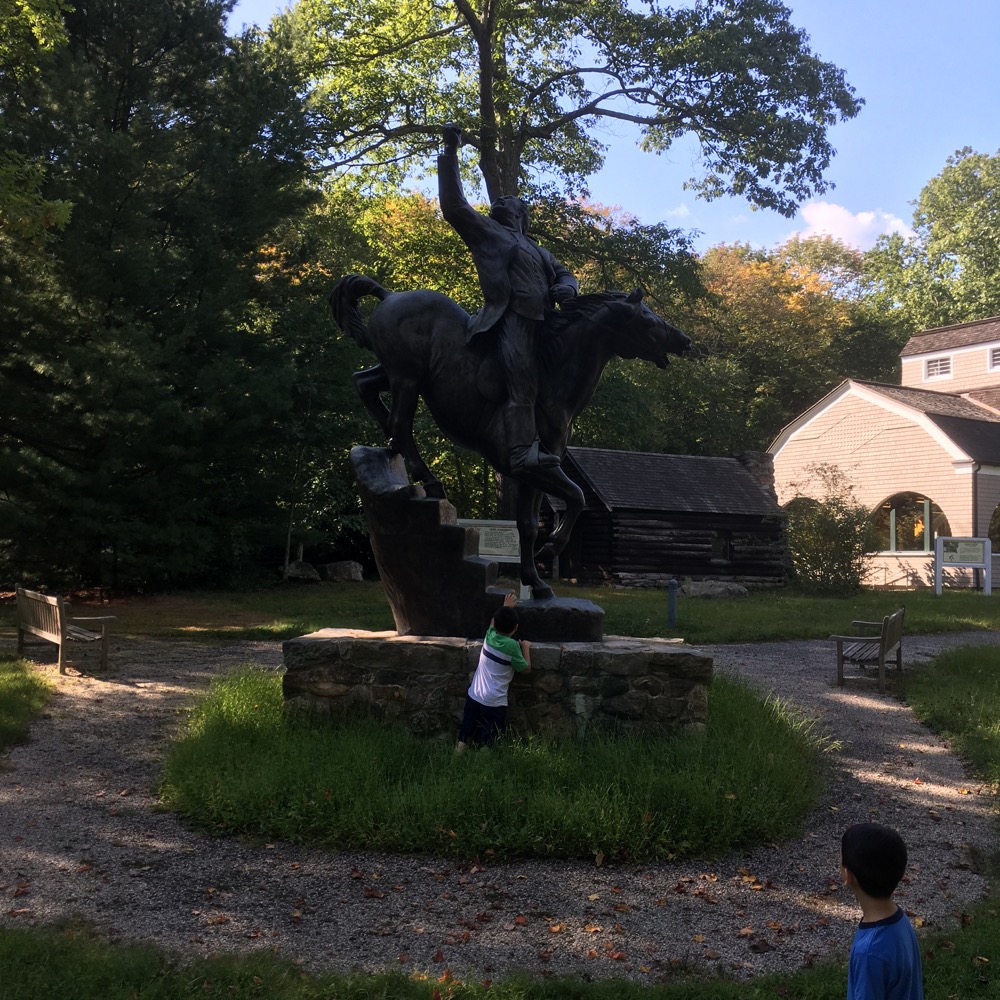
And you knew he’d catch a couple. In fairly short order, two spies were sentenced to death two days after being caught. The first guy was hanged. The second was a teenage kid who was shot point blank in his head – which caught his clothes on fire. Putnam let them burn. Blood was everywhere, but the soldiers who were forced to watch this spectacle left with quite an impression.
Boldness, firmness, promptness, decisiveness- were the chief elements of General Israel Putnam’s character, and at this particular crisis all were needed. There was disaffection and insubordination in the army, desertions were frequent, and spying by the Tories was almost openly practiced. To put a stop to these practices it was vitally necessary to the safety of the army, to show that the ragtag army meant business. These executions had a positive effect… except upon the dead guys of course.
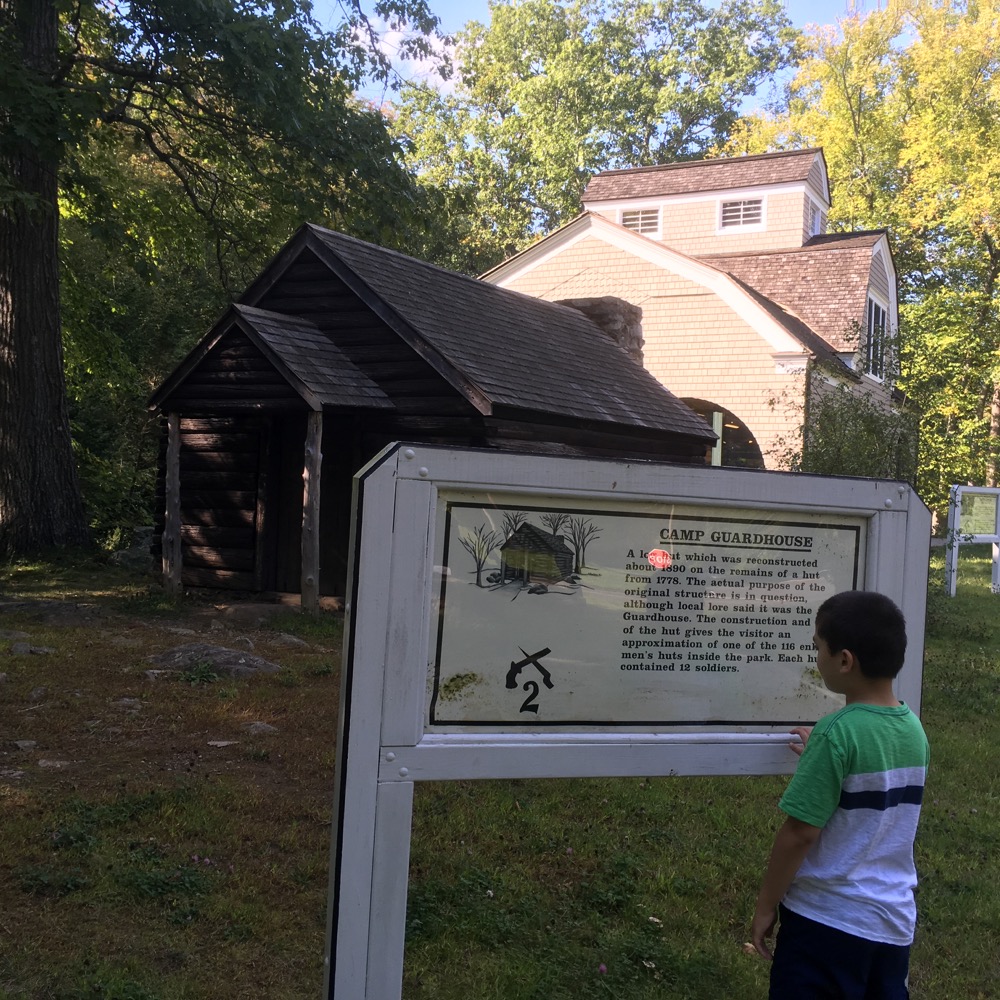
Let’s see… Redding residents grew pretty tired of the soldiers, as they kept stealing their livestock for food. When the troops began leaving the next spring, everyone was pretty happy about it all.
They left in stages, off to fight the British around New York and Massachusetts, never to return. A hundred years later, locals preserved the encampment, ultimately sold it to the state who managed it for another hundred years, and as I mentioned, let it fall apart.
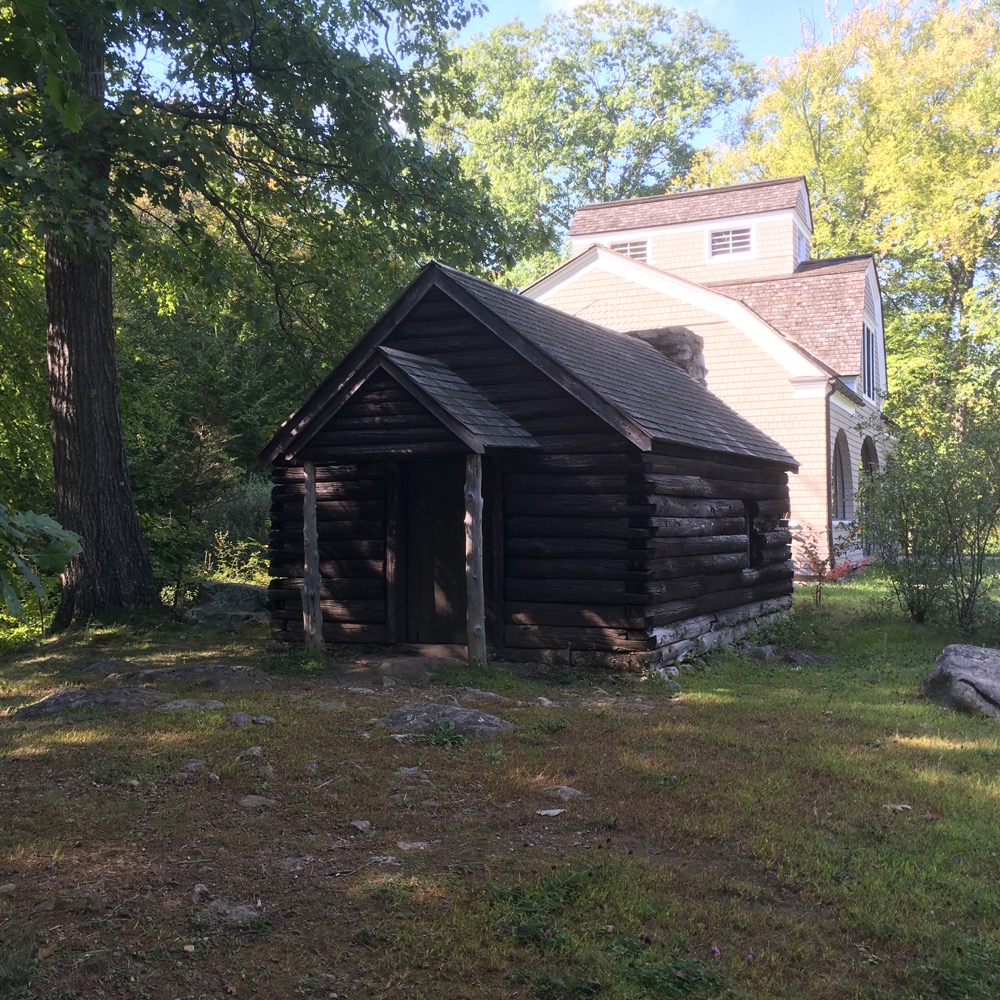
The site was saved by local volunteers again. It was cleaned up and this building, the 1893 pavilion was restored. The old structure was dismantled piece by piece, beam by beam, and numbered. A new foundation was excavated for a new walk-out cellar level. Then the building was reconstructed using materials that were still sound. Today the 2005 visitor center is a all climate-controlled building with rest rooms
The park hosts lots of history programs and reenactments and all sorts of cool stuff. Two museums, a cave, a trail, two towns… Good stuff.
A lot of the above comes from the Friends of Putnam Memorial State Park website.
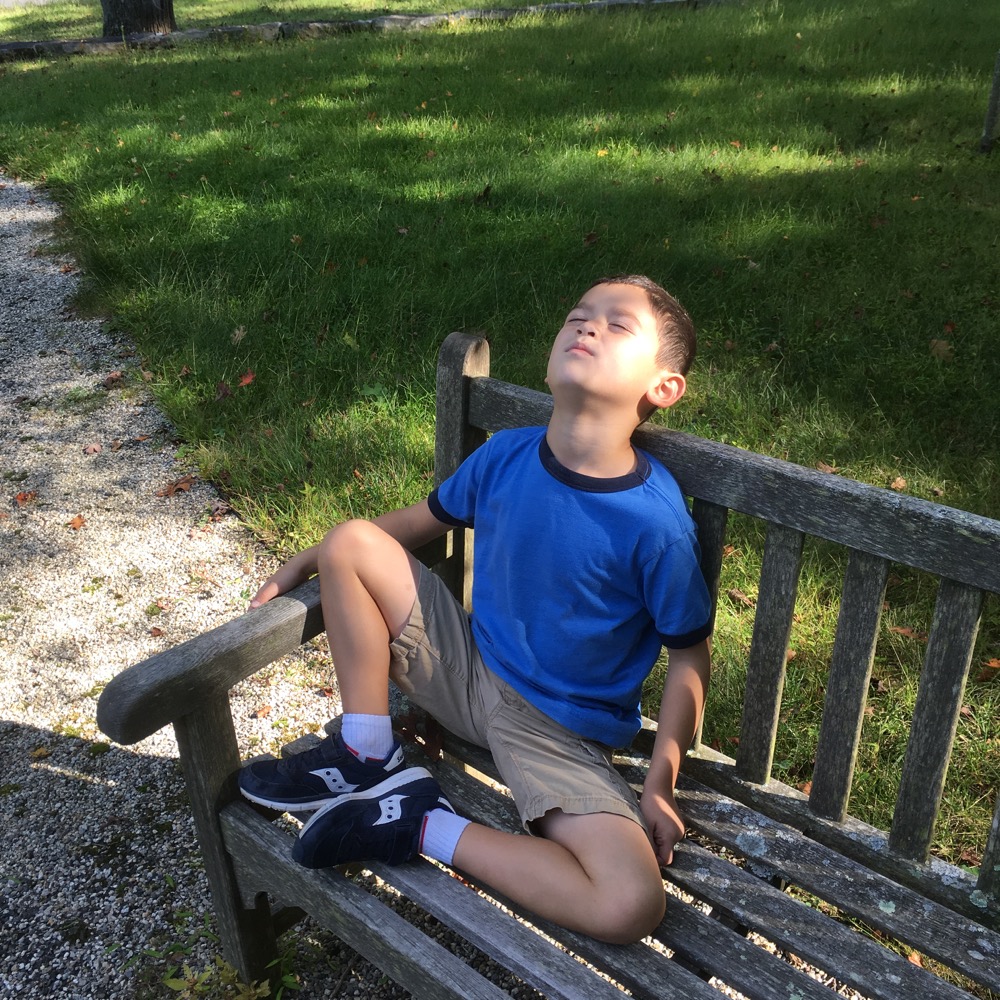
It was all too much for my six-year-old
DEEP’s Putnam Memorial State Park Page
Friends of Putnam Memorial State Park
CTMQ’s State Parks, Reserves, Preserves, & Forests
CTMQ’s Museum Visits

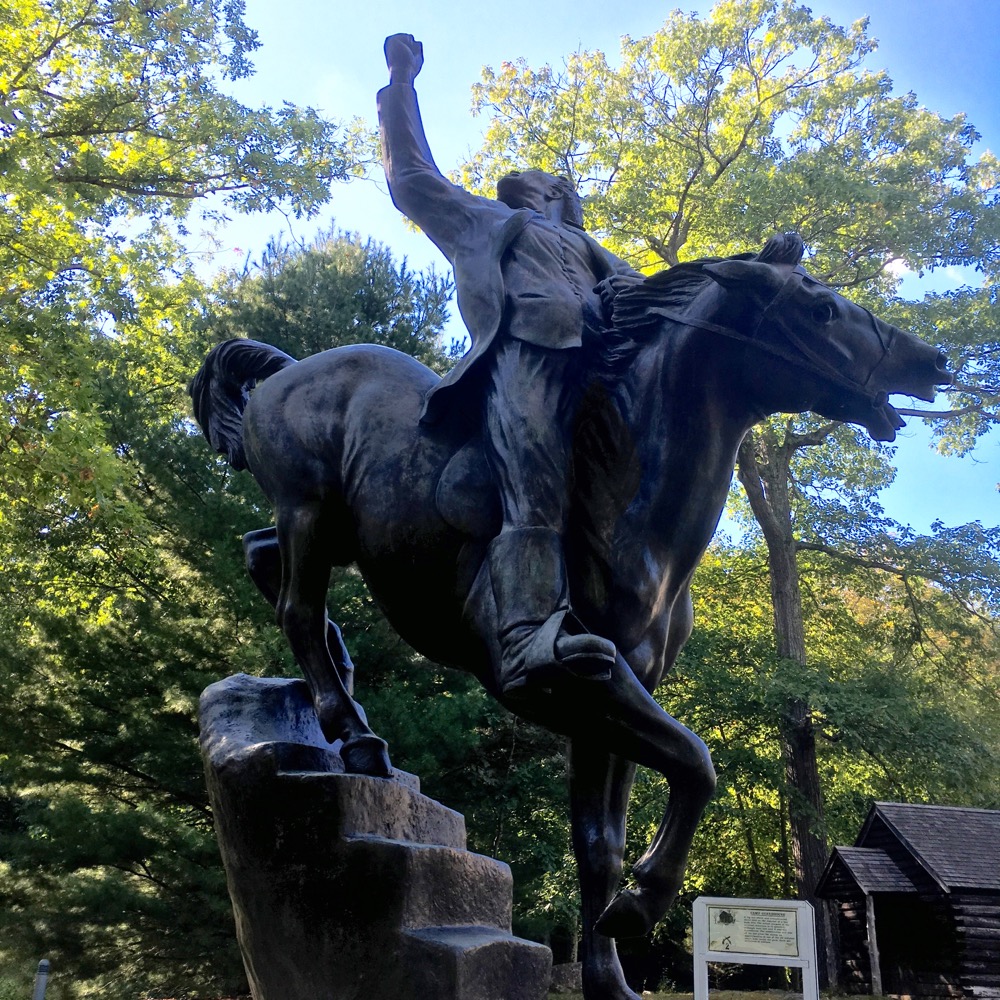
Leave a Reply